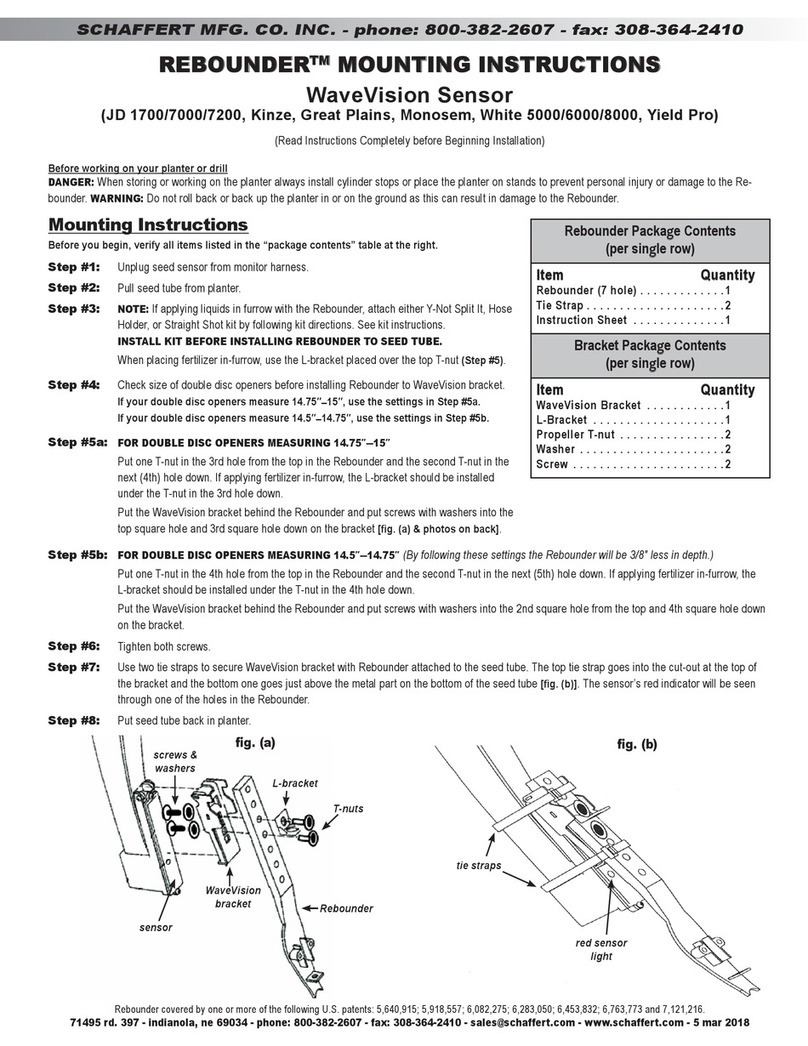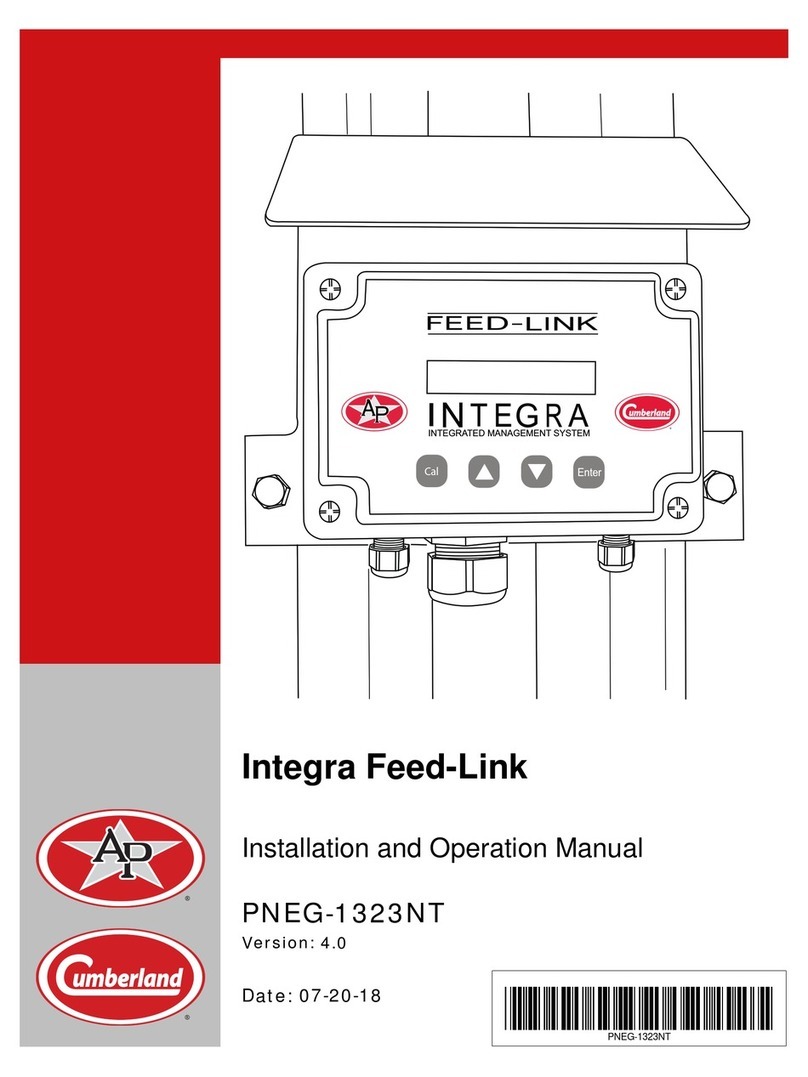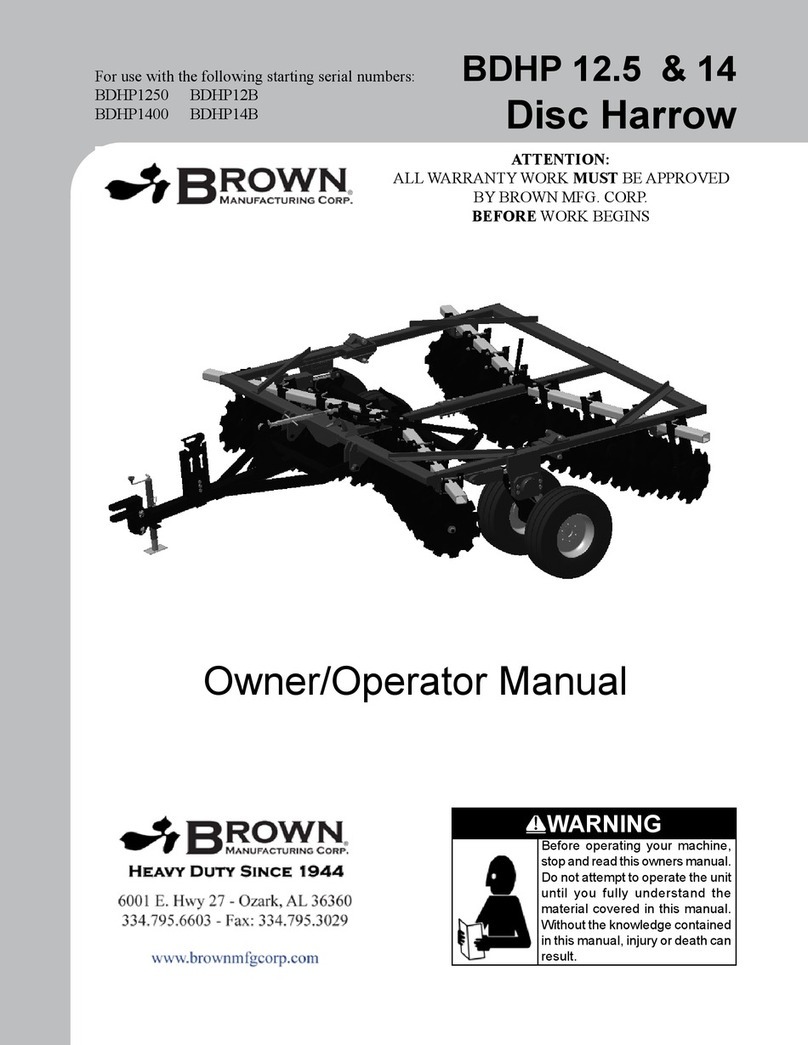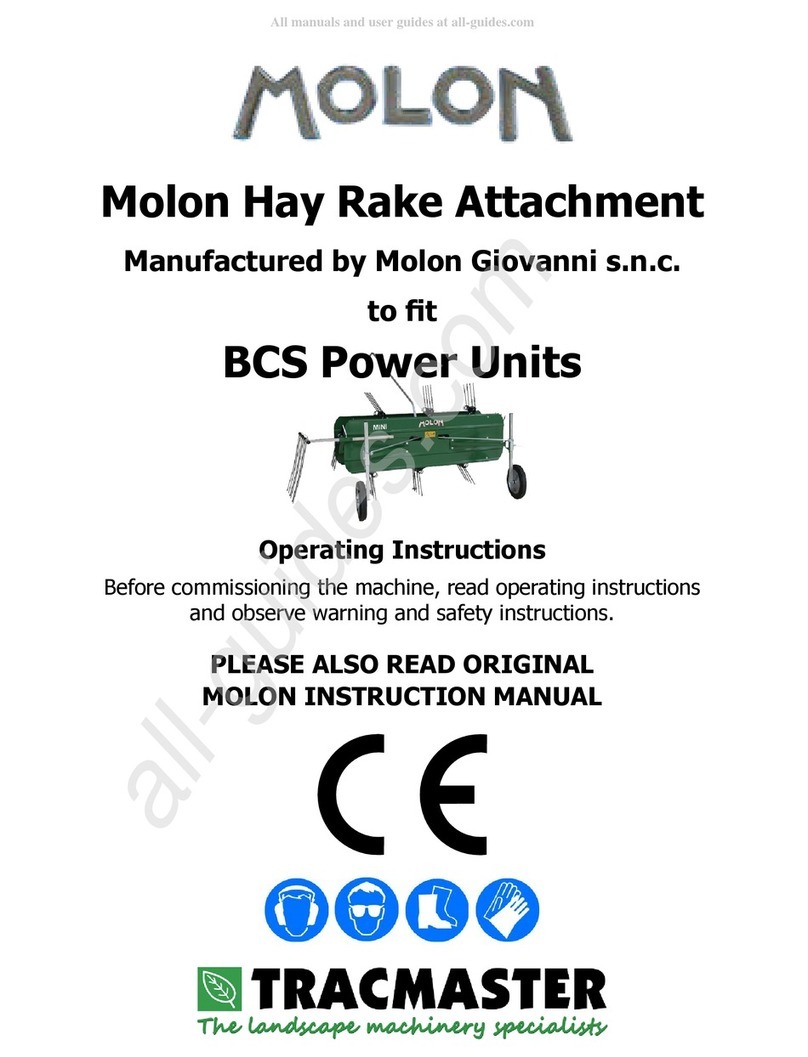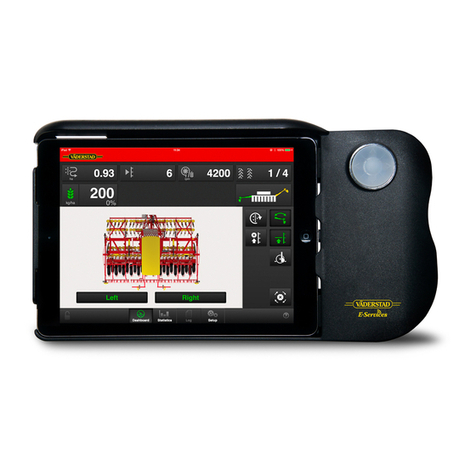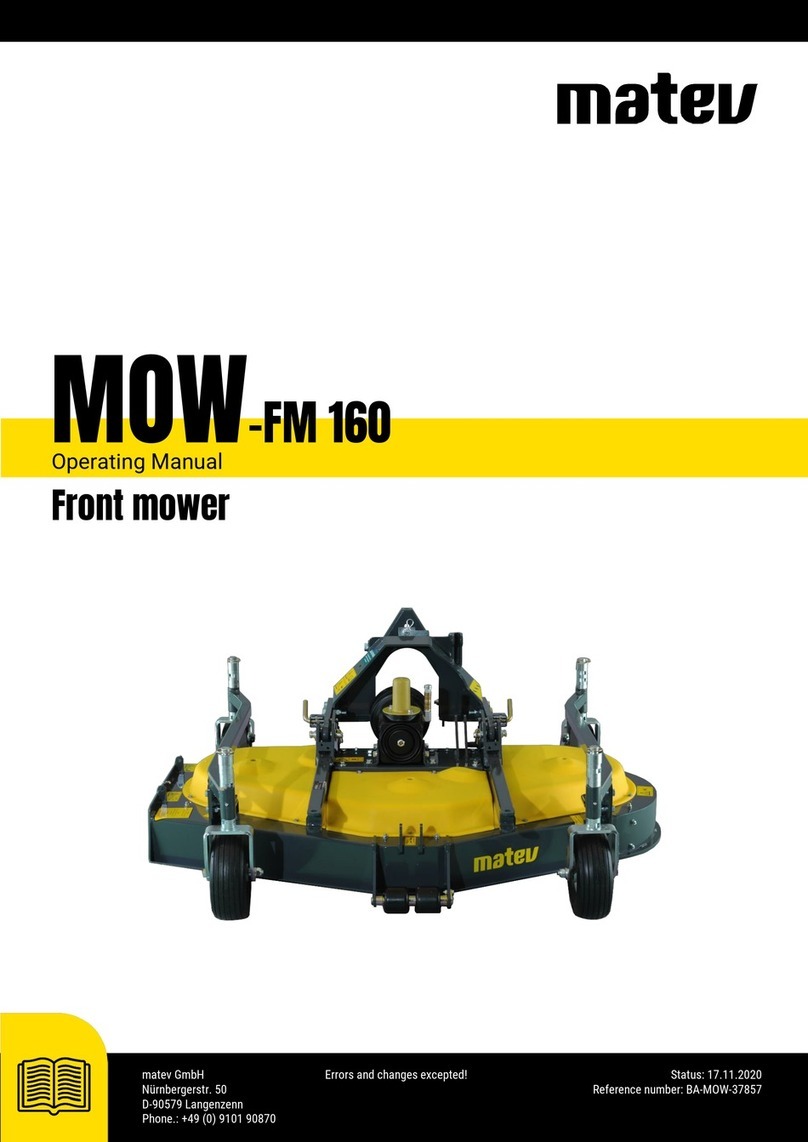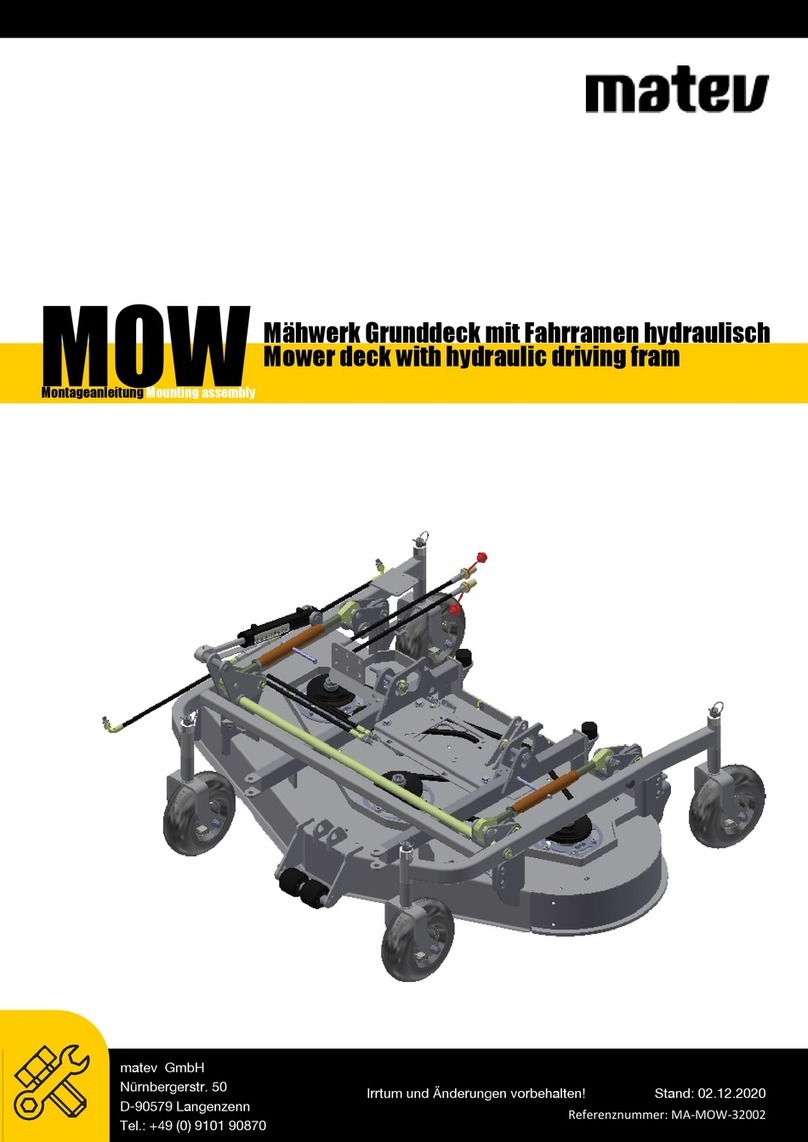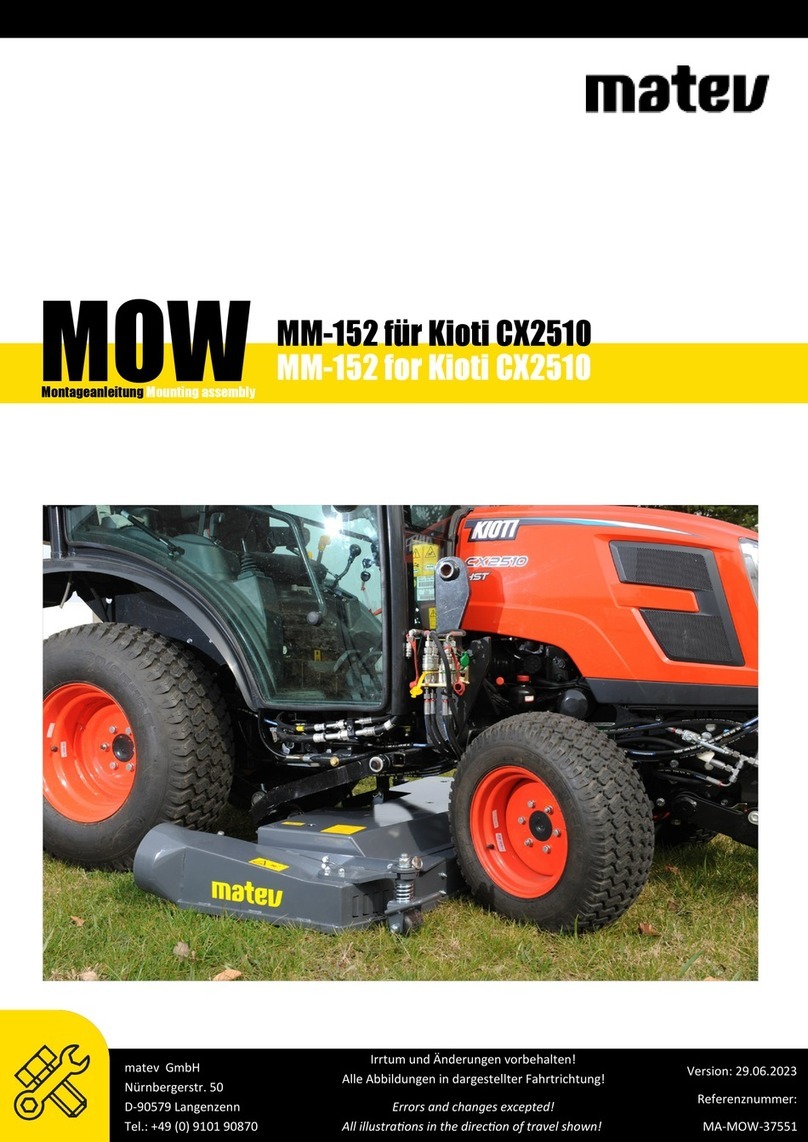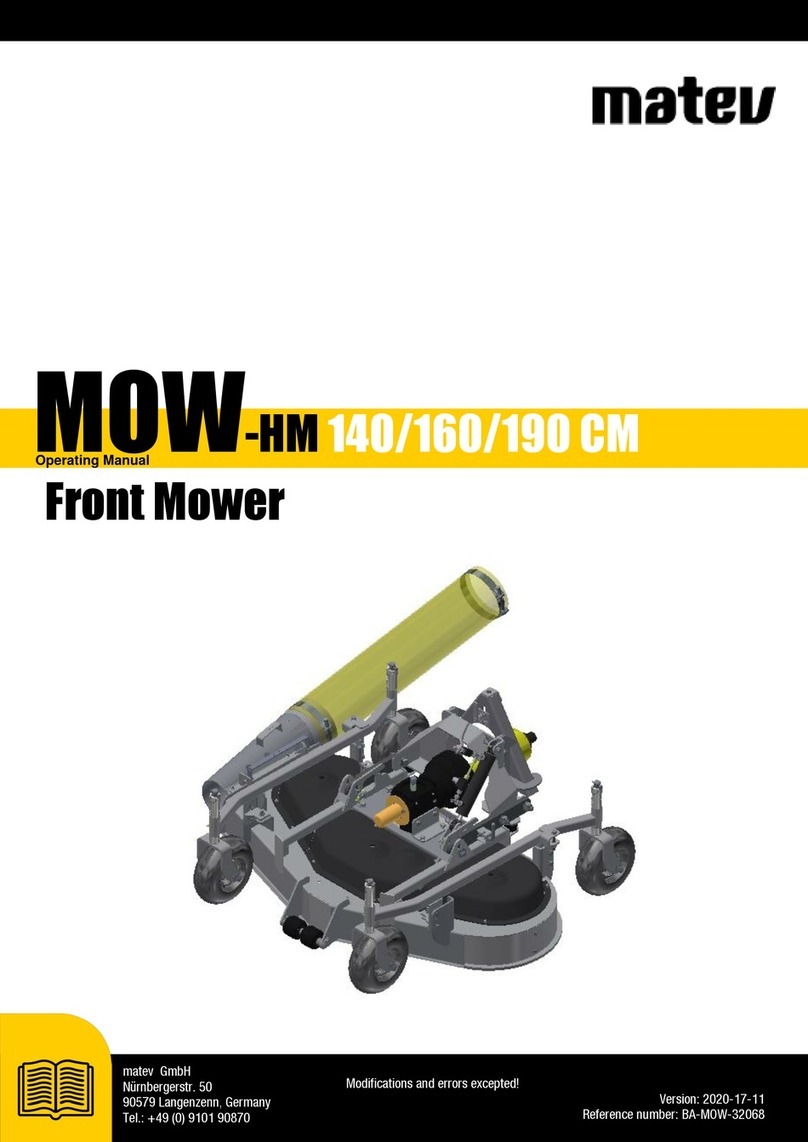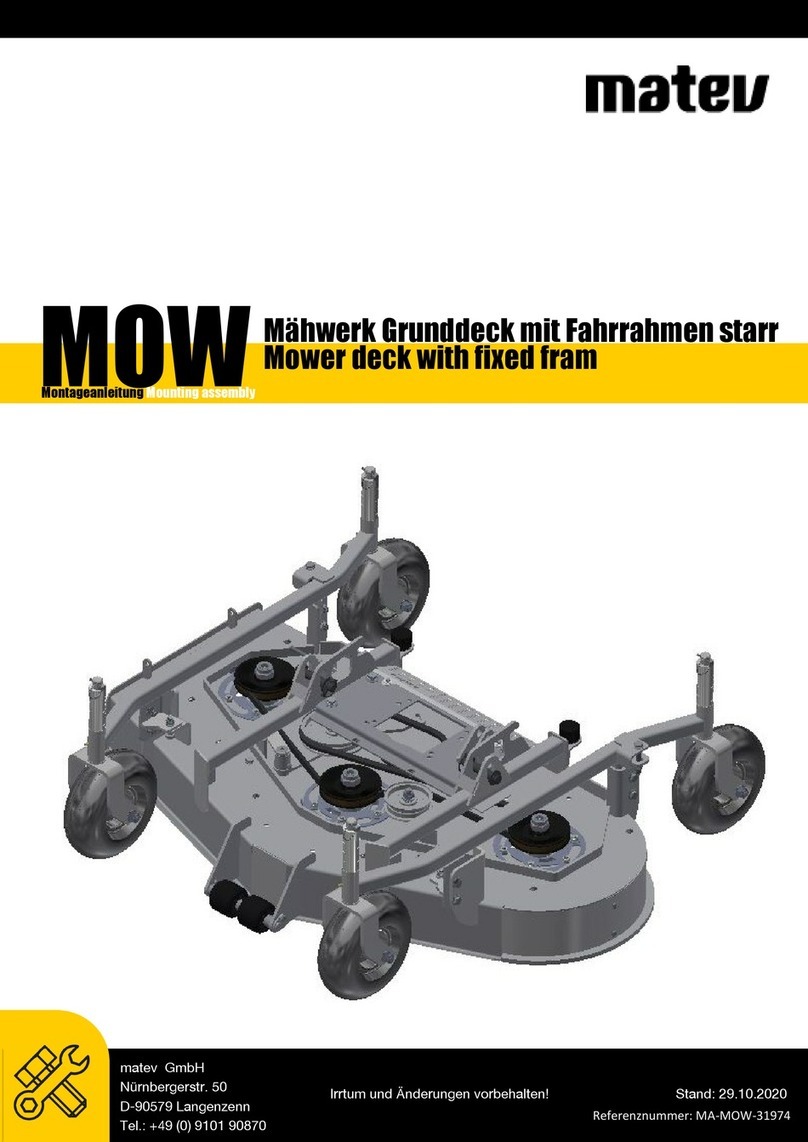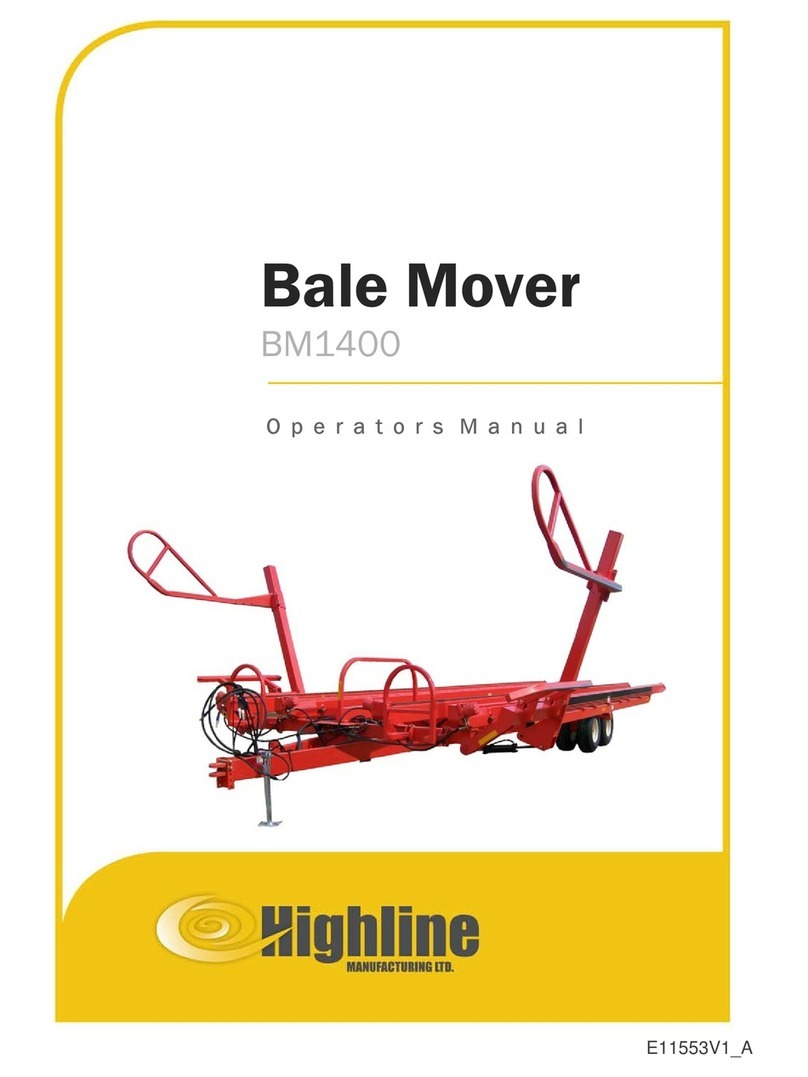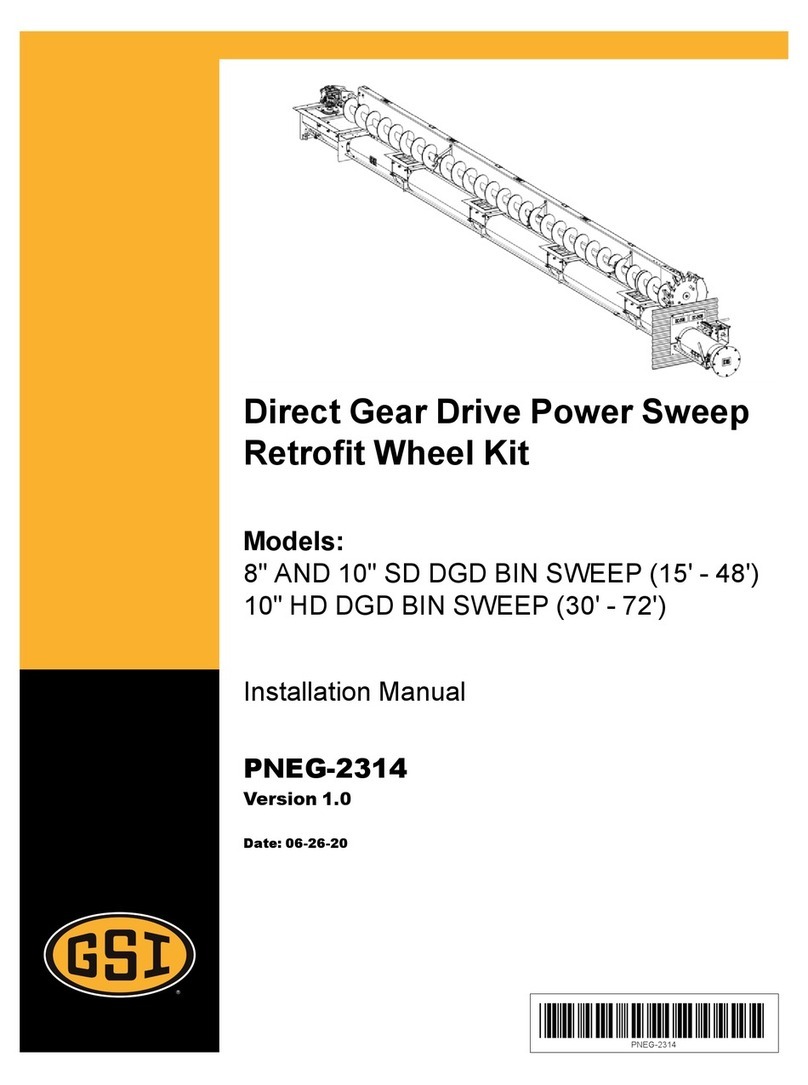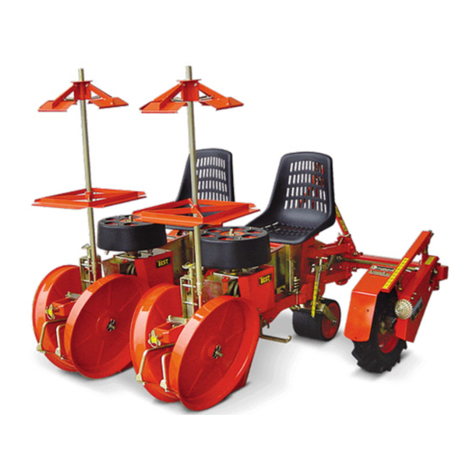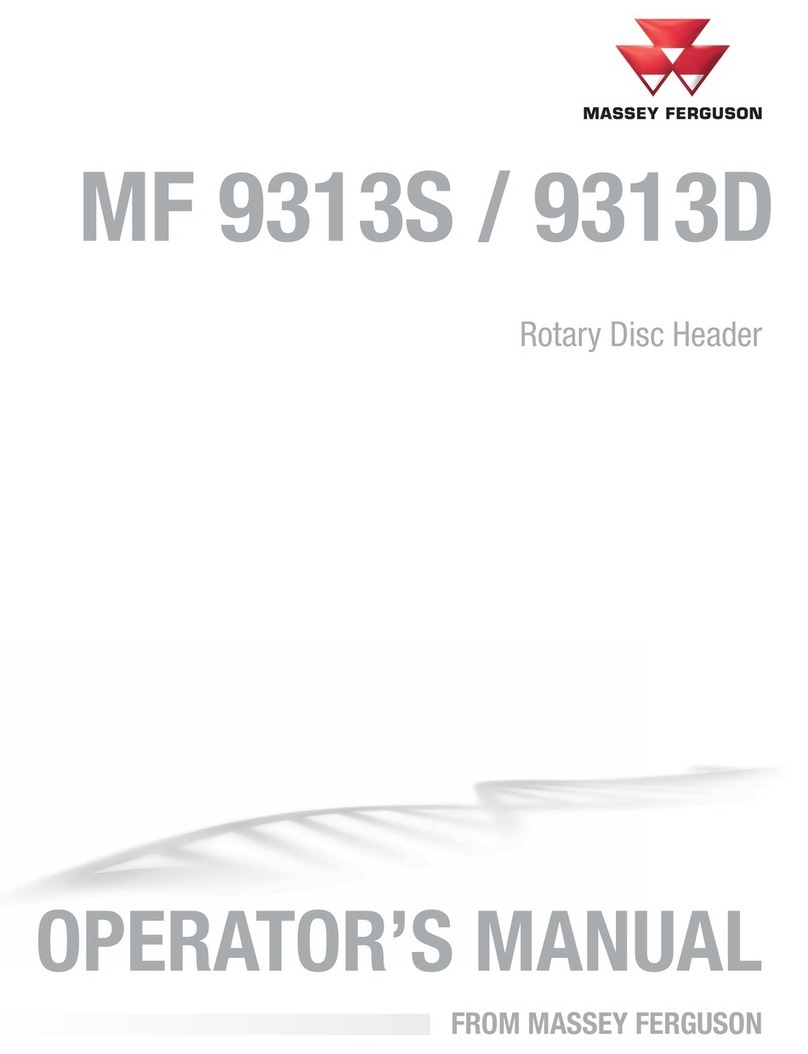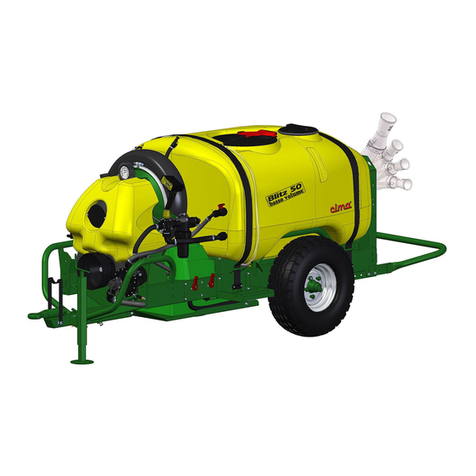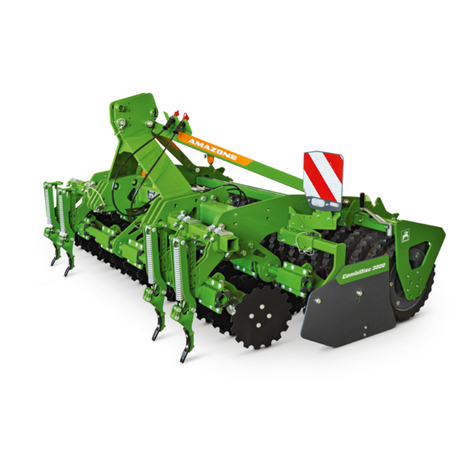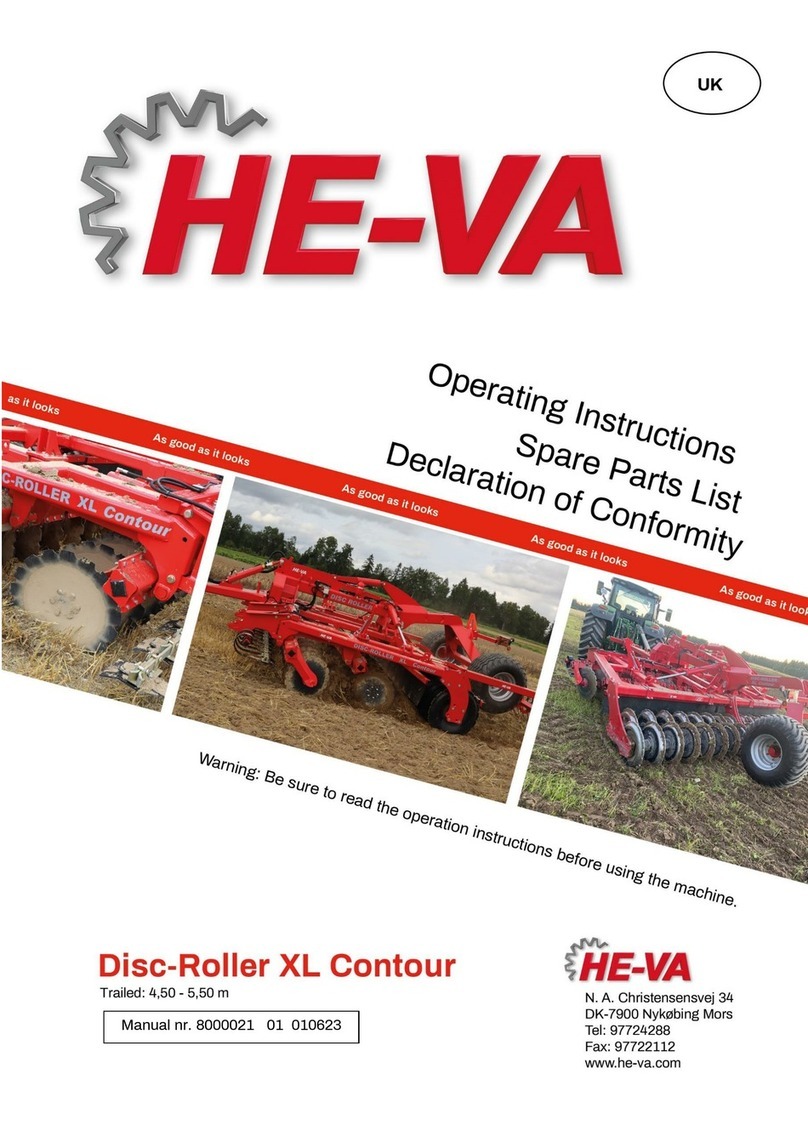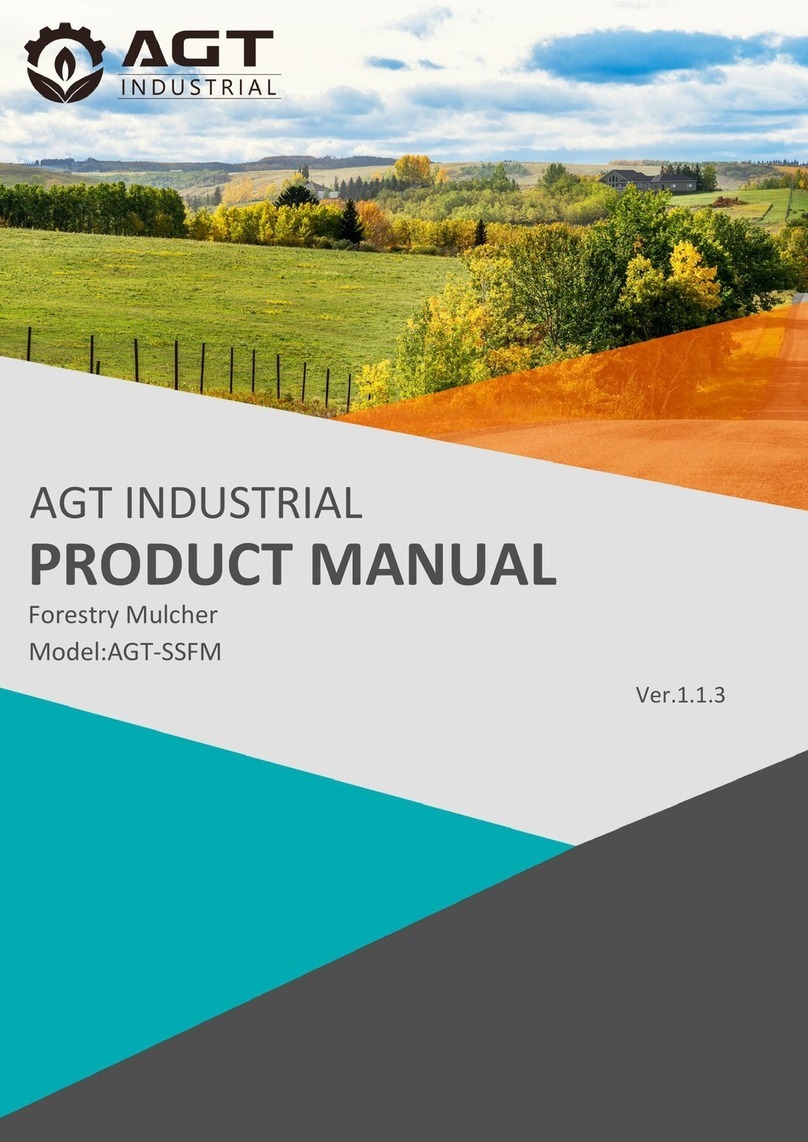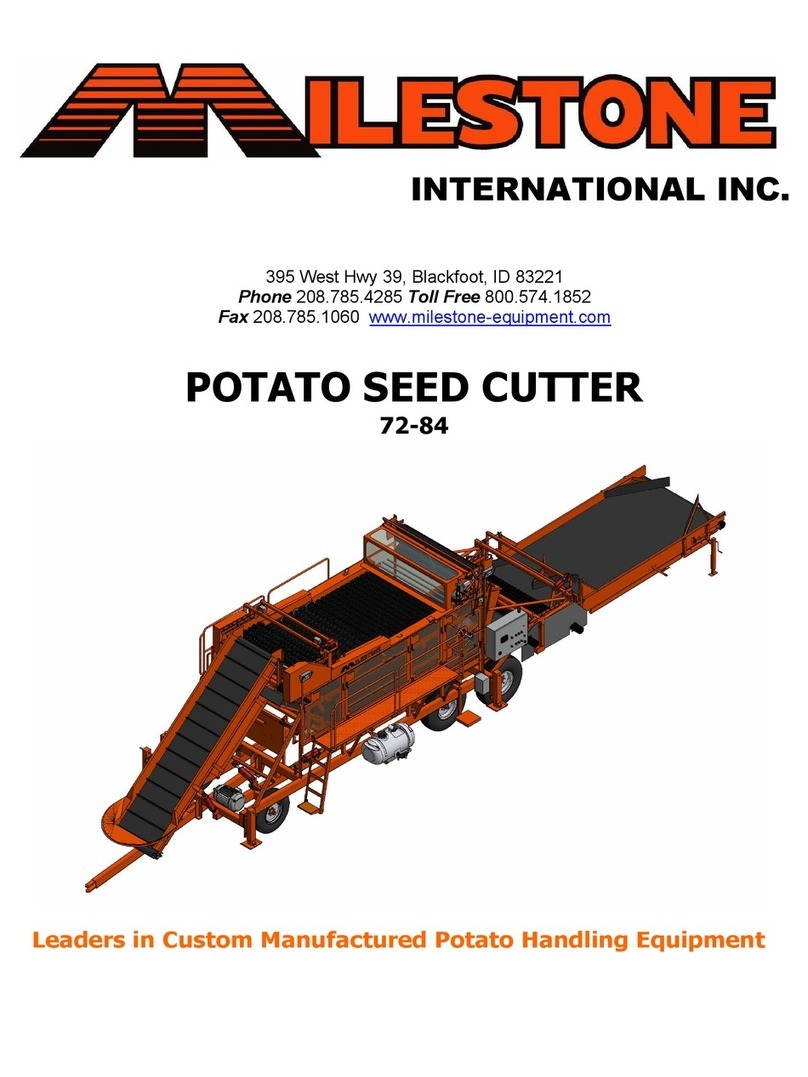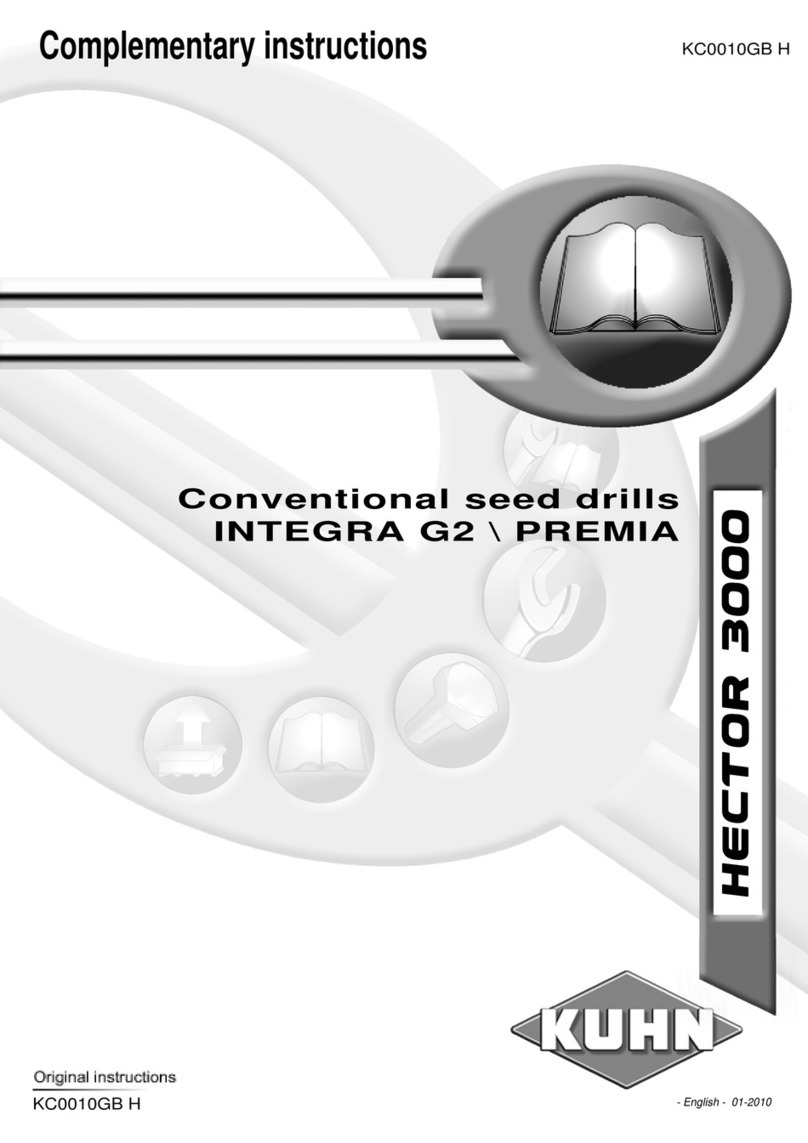Introduction
Page 3 of 27
Table of contents
1............Introduction................................................................................................................2
2............About this operating manual...................................................................................4
3............Safety..........................................................................................................................5
3.1.........Intended use................................................................................................................5
3.2.........Instructions for the owner............................................................................................5
3.2.1......Instruction 5
3.2.2......Qualifications of personnel 5
3.2.3......Accident prevention 5
3.3.........General safety notices.................................................................................................5
3.4.........Warnings on the machine...........................................................................................6
4............Delivery and transport..............................................................................................8
4.1.........Delivery on a pallet......................................................................................................8
4.1.1......Lift the implement off of the pallet 8
4.1.2......Long-distance transport 8
4.2.........Transport over short distances....................................................................................8
5............Operation....................................................................................................................9
5.1.........Intended use................................................................................................................9
5.2.........Mounting on the rear three-point linkage of the tractor...............................................9
5.3.........Detaching the material collection system from the rear three-point linkage ............11
5.4.........Mounting and adjusting the universal joint shaft.......................................................11
5.5.........Mounting the suction port and suction hose.............................................................12
5.6.........Starting and switching off the turbine........................................................................13
5.7.........Lifting, lowering, and emptying the collection container...........................................14
5.7.1......Low-dump 14
5.7.2......High-dump 15
5.8.........Clean the filter mat ....................................................................................................16
6............Maintenance.............................................................................................................18
6.1.........Service schedule (overview).....................................................................................18
6.2.........Lubricating schedule .................................................................................................19
6.3.........Adjustment tasks.......................................................................................................21
6.4.........Troubleshooting.........................................................................................................23
7............Repair........................................................................................................................25
8............Disposal....................................................................................................................25
9............Guarantee.................................................................................................................25
10..........Technical data..........................................................................................................25
11..........List of illustrations ..................................................................................................26
12..........EC - Declaration of Conformity..............................................................................27
